Digital dialogues and processes that create value.
We shape the digital dialogue with your customers - sustainably and successfully. With data-driven analysis and expert implementation, we create digital solutions that are not only convincing, but also contribute to your long-term business success.

These companies rely on us
Tailored solutions for digital marketing

Creating future-proof marketing solutions
Strategic CRM and digital marketing advice for sustainable success: From analysis to system selection to implementation - we accompany you step by step on the way to an efficient and future-proof marketing strategy.
- Advice on platform and tool selection for your omnichannel digital marketing
- Advice on optimising marketing processes and strategies
- Marketing automation audits

The strengths of each channel. The power of your campaign.
We help you plan, integrate data, optimize and monitor your cross-channel communication processes in order to send your messages in the right online and offline channel at the right time. In this way, you create a consistent brand experience and strengthen customer loyalty.

Generate strong leads. Use data intelligently.
We support you in strategically acquiring qualified leads and generating positive business outcomes with professional data management. From GDPR-compliant contact acquisition to intelligent automation and systematic data maintenance - we optimize your entire customer journey. Use your customer data as a strategic competitive advantage and increase the efficiency of your marketing and sales activities with tailor-made concepts that achieve measurable results.

From idea to implementation: Smart digital solutions
We develop software solutions that are tailored to the needs and requirements of our customers and offer an outstanding user experience. Whether web, desktop or mobile applications, backend systems or integrations with existing systems - we create digital business solutions that are reliable, scalable and future-proof.
- Consulting and strategy advice
- Digitalization of processes and process automation
- Data Analytics & Business Intelligence
Which tool matches your requirements?
In a confusing market of technologies, platforms and tools, we provide guidance, make objective recommendations and support our customers with selection, setup, and data & process integration. Our advantage: vendor independence and solid platform expertise since 2001.
Why Publicare? Our values. Your added value.
With a deep understanding of CRM, data processes, personalization and automation, we develop tailor-made digital solutions. In doing so, we work as a reliable partner who creates added value with expertise and guides our customers through their digital transformation.
We live a culture of open exchange and transparency to enable creative ideas and find the best solutions together. For us, openness means being flexible and curious, constantly learning and welcoming new perspectives. In this way, we ensure that we can always develop the most innovative and appropriate approaches both internally and for our customers.
We take responsibility for our actions, our projects and the results we achieve for our customers. This means that we always strive for high quality standards and are aware of the impact of our decisions. Responsibility is also reflected in our commitment to sustainable solutions to ensure long-term success for our customers and employees.
We have the courage to go our own way, make unconventional decisions and be uncomfortable when it helps us and our customers move forward. For us, courage means taking risks, not avoiding conflicts, admitting mistakes and learning from them.
We put our customers at the center of everything we do. This means that we listen carefully, understand our customers' challenges and always act in a solution-oriented manner. Our goal is not just to deliver projects, but to build real partnerships that provide long-term added value to our customers.


Your agency for digital dialogues and processes, that
create value
Do you want to set up your e-mail and multi-channel digital marketing for long-term success? Do you value speed, experience, independence and verifiable references? Then Publicare is the right place for you!
Up to date at Publicare
Your experts for multichannel marketing automation
- Personal advice
- Quick feedback
- Non-binding & fast



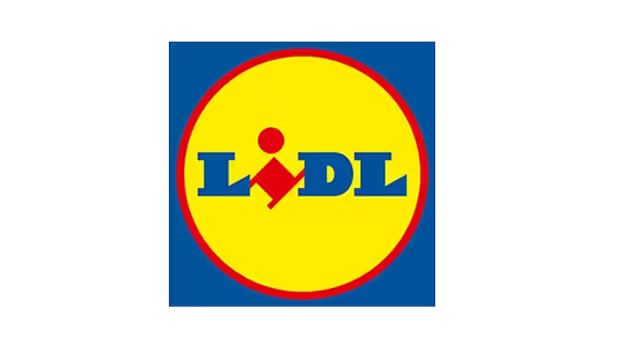
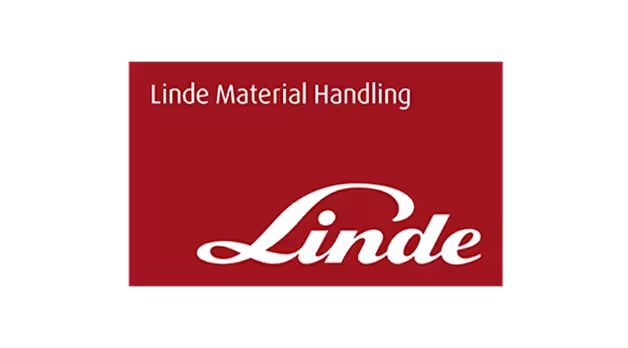










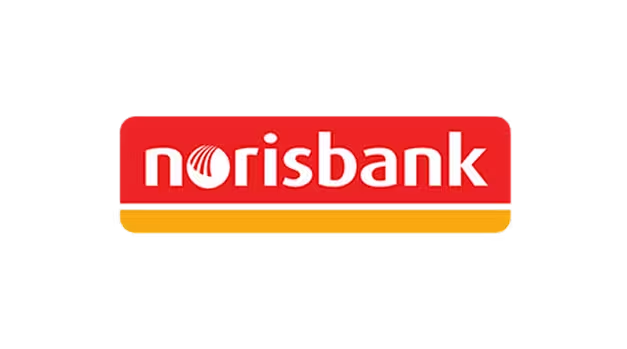


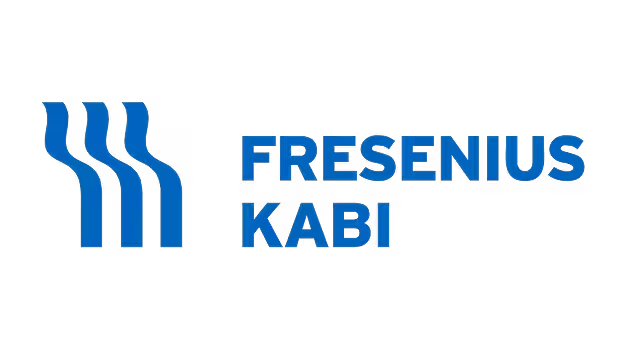



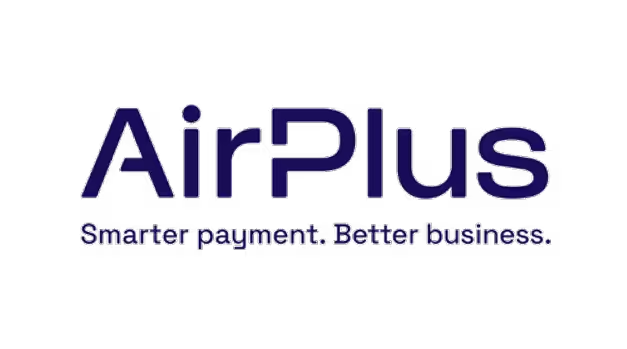

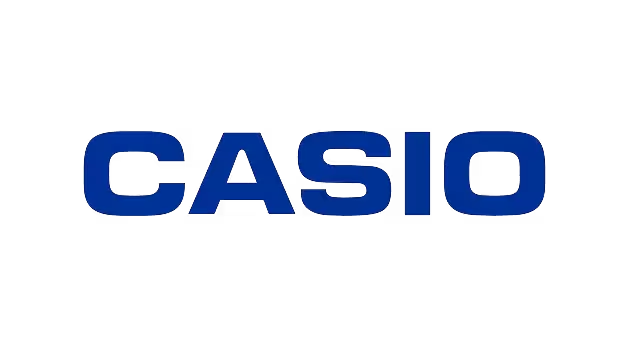


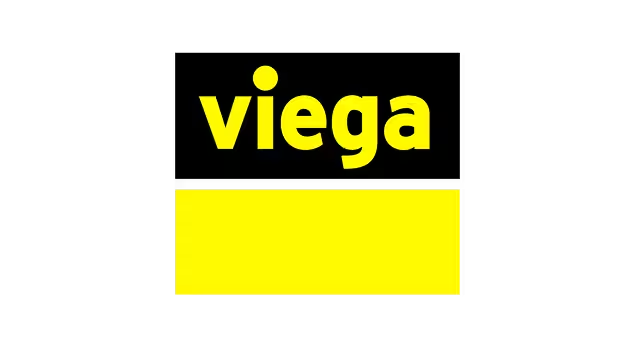




.avif)












